How much fuel do private jets use? Private jets use between 50 and 630 gallons of fuel per hour, depending on engine type, specification, and distance traveled. When planning a private jet trip, you want to know how much fuel each leg will use. You also want to know how much it costs per gallon of fuel and what that means for the total cost of your trip.
How do you determine this? How do you compare costs between jets and similar aircraft? This article will explain how much fuel a private jet uses based on many factors, including its size, distance traveled, weight, and more.
Along with environmental impacts, the amount of fuel some private jets use is a concern for those who fly regularly. So how much fuel does a private jet use?
This question has been answered in several different studies in the past few years at varying levels of detail, but to get a good idea of average numbers, we decided to do our own calculation based on the data from two of these studies.
We conducted an analysis of over 10,000 flights over the past 12 months and calculated the average amount of fuel used by private jets on a flight. The findings are not surprising.
How much fuel do private jets use?
While you may think that private jet travel is an indulgence only afforded to the ultra-wealthy, the truth is that flying a private jet comes with a price tag. According to the Avio Cost Estimator,
The cost of fuel on a single flight can range from $2,000 to $4,500 per hour, depending on your aircraft and its configuration (how many passengers you’re carrying), according to a website designed to help pilots and passengers estimate their flight costs.
While companies like Google and Amazon can easily cover these costs with billions of dollars in revenue each year—Google spent $370 million on private jets alone—
Between 2005 and 2008, small businesses may be wondering how much money they’ll need before their commercial flights are no longer feasible options. While there is no one answer for how much it will cost for every business owner considering using private jets instead of commercial ones,
Because each company factors into its calculation factors such as the number of employees traveling at once as well as whether they plan on renting out entire planes or just individual seats within them,
The best way to get a good estimate is by reaching out to a company like Avio Cost Estimator, which offers free tools for pilots and passengers alike so they can easily estimate their flight costs.
They also have extra features, like the ability to create an account where you can save your estimates and share them with other people in your group (like other business owners) who might be interested in adding private jets to their travel plans.
6 helpful points to note
- Fuel consumption by aircraft type
- Fuel consumption of a private jet by travel distance
- The importance of fuel planning for private jets
- How to reduce fuel costs on private jet flights
- How to book your next private jet flight
- Determining how much fuel a private jet uses

Fuel consumption by aircraft type
The type of aircraft you choose will affect your fuel consumption. Larger aircraft, such as the BE200 or a Gulfstream IV, use more fuel than smaller ones like the Citation X or Learjet 60.
As speed increases, so does fuel usage (for example, flying at Mach 0.8 vs. 0.6). Likewise, higher altitudes and weights also increase energy needs for your flight plan.
If these tips seem pretty obvious to you, then great! You probably won’t find much value in this list because you’re already aware of them and have correctly accounted for them in your personal calculations or business travel program.
If, however, there were some things on here that were new to you, then please take heart knowing that we’ve made it easier for everyone else who may not know about these things!
As a pilot, I can tell you that many of these factors are often overlooked or forgotten. They may be so naturally ingrained in our minds that we don’t even consider them when making flight plans.
This is especially true for private pilots, who don’t have to worry about the cost of their flights because everything is covered by their owners.
For those of you who fly for business, it’s important to keep these things in mind so that your company doesn’t end up paying more than they need to for travel!
If you have any additional tips or suggestions for this list, please let me know! I’d love to hear from you. The following is a list of things to keep in mind when computing the cost of your flight.
This list is not exhaustive, and there are many other factors that will influence airplane costs (such as weather, hours flown, etc.), but these are some of the most common items that tend to be overlooked by pilots.
Fuel consumption of a private jet by travel distance
Aircraft Type: A light jet, such as a Citation CJ, consumes less fuel per mile than a heavy jet like a Boeing Business Jet BBJ. Distance Flown: The farther you go on your private jet charter, the more fuel it will consume.
Fuel consumption varies depending on whether you’re traveling over land or water and how many stops your trip involves, but generally speaking, the longer your flight is, the more fuel it will use.
Weight of Aircraft: A smaller plane weighs less than a larger one and therefore uses less fuel per mile flown than its heavier counterpart does. The smaller size also means that it can take off from shorter runways and fly at lower altitudes, which saves additional fuel.
Number of Passengers: The number of passengers on board an aircraft impacts its overall weight and range capabilities as well as its speed capabilities (more people means slower average speeds).
All these factors affect how much fuel must be consumed in order to complete all legs of a trip successfully—not just those directly measured by distance traveled.
Speed: The faster your aircraft is moving, the more fuel it will use per mile. A typical jet can cruise at around 500 miles per hour (741 kilometers per hour).
But if a pilot slows down to save fuel—for example, when flying over land instead of water—his or her passengers will have to spend more time in the air.
to reach their destination. This increases the overall length of the trip and thus adds to its cost. Weather Conditions: The weather can affect your flight in a number of ways.
If it’s cloudy or if there is heavy fog, pilots have no choice but to fly lower than usual, which means more fuel will be consumed during each leg of the journey.
Read more articles: Can Aviation Fuel Melt Steel?

The importance of fuel planning for private jets
Fuel planning is an important part of any flight. Fuel planning is part of the overall flight planning process, and being able to accurately estimate your jet’s fuel consumption will help you save money on fuel costs and avoid delays because you have too much or too little fuel on board.
In this article, we will explain how to do a basic fuel calculation for private jets as well as provide some tips to help you avoid making mistakes during your calculations.
Before you can calculate how much fuel your private jet will need, you need to know two things: the weight of your aircraft and the amount of time it will be in the air.
The first thing you need to do is weigh your aircraft. You can find the weight of your jet on its Certificate of Airworthiness (C of A), which is issued by the European Aviation Safety Agency (EASA). It will be listed as “Maximum Take-Off Weight,” or MTOW.
The second thing you need to know is how long your flight will be. This will depend on where you are going, how many stops there are along the way, and how fast your aircraft cruises at its optimal setting.
A private jet’s cruising speed is dictated by its engine type and size, as well as the weight of the aircraft. If your aircraft has more than one engine, it will generally be able to fly faster than if it only had one.
The same is true for engines that are bigger or smaller. For example, an IAE V2521-A5 turboprop engine will usually have a slower cruising speed than a Pratt & Whitney PW4056 turbofan engine.
Top pick

Editor’s choice

Best value

How to reduce fuel costs on private jet flights
Using a private jet charter company is one of the best ways to reduce fuel costs on your next flight. Private jets use about half as much fuel per seat compared to commercial flights, so flying direct and carrying fewer passengers can also help save money.
If you do things to make the plane lighter, like take out bags or cargo before takeoff, the plane will be more efficient and your operating costs will be lower.
If possible, try flying at low altitudes where there are fewer winds and turbulence while traveling at high speeds (about 500 mph). This will help cut down on consumption even further.
If these options aren’t available for whatever reason, then consider using a smaller aircraft instead because it requires less power than larger ones do during takeoff or landing.
Maneuvers such as vertical climbs into headwinds where extra power is required due to increased drag on wings and tail surfaces caused by higher speeds combined with crosswinds against prevailing winds aloft during descent approaches
Where gear doors may need openers installed due to the excess air pressure differential between cabin air pressure inside and outside, which might cause them not to close properly otherwise;
therefore resulting in a loss of engine thrust capability and reducing the distance traveled per gallon burned up into the atmosphere at high altitudes before descending below the 10k foot altitude limits imposed by FAA regulations.
Regarding low-level airspace flight over populated areas like cities, controlled airspace is most commonly associated with major metropolitan areas within a 25 nautical mile radius outside city limits.
Read more articles: How Safe are Private Jets?
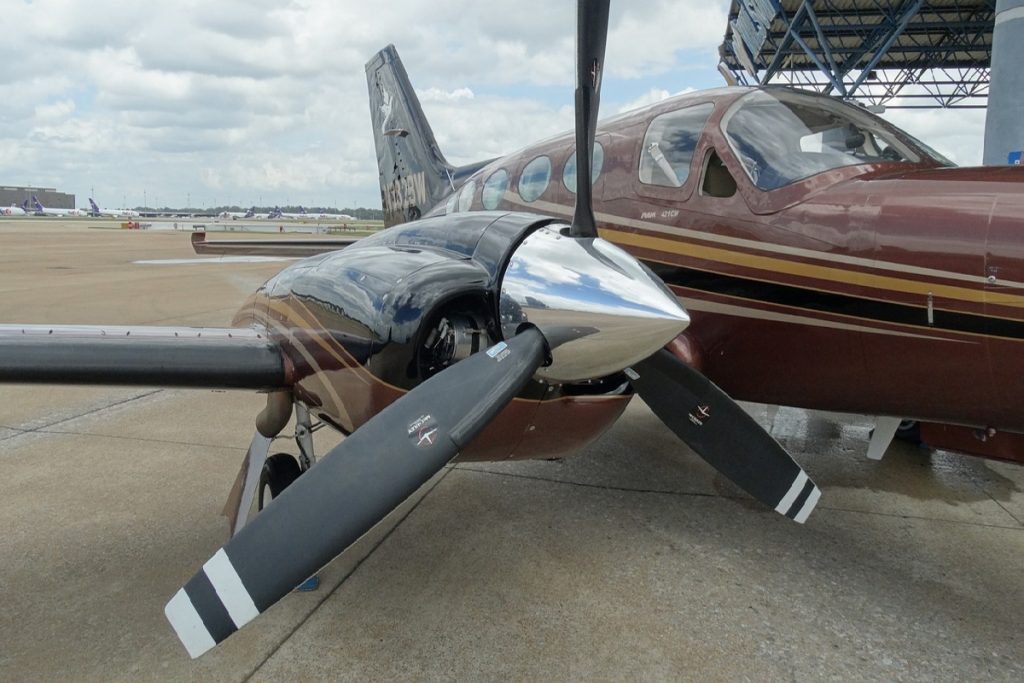
How to book your next private jet flight
Compare quotes from different private jet companies. The internet is a great place to start your search for the best deal on a private jet flight. You can find quotes from various private jet operators and compare them using the information provided by each company.
Get the best deal possible on your next flight. To get the most affordable price, you should make sure to book your trip well in advance of your departure date or look into booking last-minute flights as they may be less expensive than originally expected.
You may also want to consider booking at off-peak times, such as midweek or during the low season. If you’re searching for an even more affordable option, Consider looking into chartering small planes versus large ones.
Commercial jets, which are usually more expensive options since there are fewer seats available per trip and therefore less competition among companies offering these trips at discounted rates (especially when compared with large commercial airlines),
If you’re looking for a private jet charter, you may want to consider traveling with a group of people and sharing the cost of the flight. This can be an effective way to save money on your next trip.
You may also want to consider booking last-minute flights, as they may be less expensive than originally expected. You may also want to consider booking at off-peak times, such as midweek or during the low season.
If you’re searching for an even more affordable option, consider looking into chartering small planes versus large commercial jets, which are usually more expensive options.
Since there are fewer seats available per trip and therefore less competition among companies offering these trips at discounted rates (especially when compared with large commercial airlines),
Top pick

Editor’s choice

Best value

Determining how much fuel a private jet uses
The most efficient way to determine how much fuel your private jet will use is to calculate the amount of fuel used per hour. There are several methods and factors that play into this calculation, but the most common way to figure out how much fuel per hour you’ll need is this:
Divide the aircraft’s maximum cruising speed by its range in nautical miles (or kilometers). This will give you an average of how many hours it takes for an aircraft to travel one nautical mile or kilometer.
For example, if you have a plane that can fly at a maximum cruising speed of 350 knots and has a range of 3,000 nautical miles (5,556 kilometers), it would take approximately 11.2 hours to travel one nautical mile (or km).
The next step is to multiply this number by the number of nautical miles (or kilometers) your trip will cover. If you’re traveling from Chicago to New York City,
which is about 350 nautical miles (648 km), it would take approximately 11 hours and 20 minutes for an aircraft with a cruising speed of 350 knots to travel from one city to another.
The average speed of a commercial jet is often around 500 knots, which means you could fly from Chicago to New York City in about 6 hours and 20 minutes.
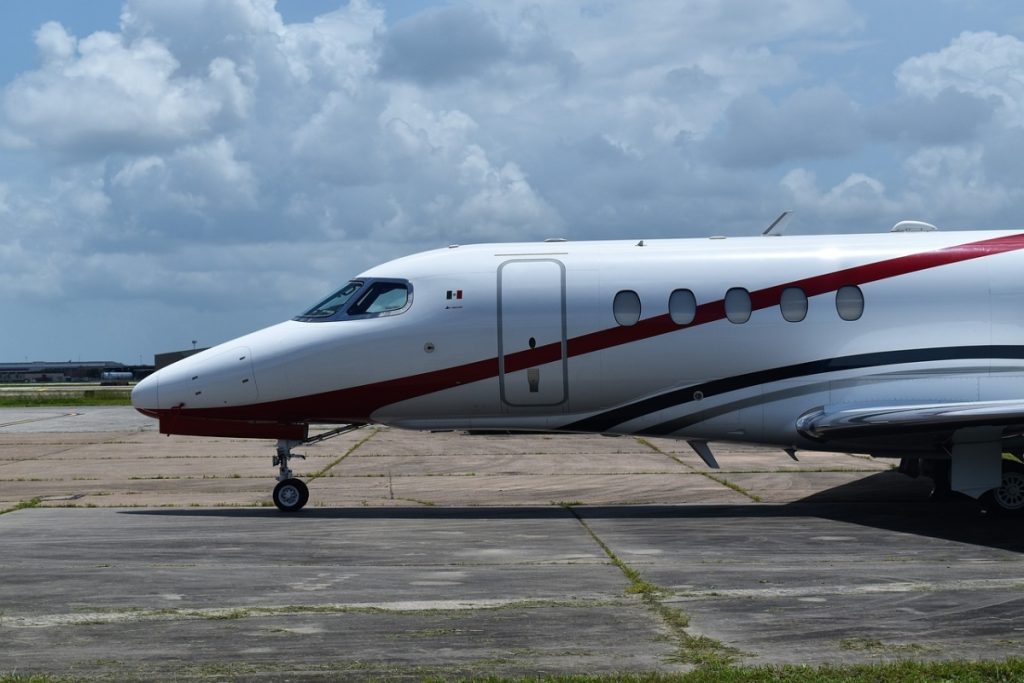
FAQ
1. How much fuel does it take to fly a private jet?
A private jet’s fuel requirements might vary greatly. The range of gasoline consumption is usually between 50 and 626 gallons per hour, and there are several elements to take into account when it comes to fuel economy.
2. How much fuel does a private jet use compared to a car?
Accordingly, each passenger will need 124,3 gallons of jet fuel. In this instance, driving uses less gasoline per passenger than an aircraft does.
3. How much does it cost to fill the tank of a private jet?
These are the costs to fill a private aircraft from empty to full. In light of this, the price of fueling a private aircraft may vary from little over $500 per hour to about $2,000 per hour. Additionally, it might cost anywhere between $2,000 and $30,000 to load a private plane to capacity.
4. How far can a private jet fly on a full tank?
A private jet’s normal range from a single tank of gasoline is 1,500 miles for tiny aircraft. Usually, this is plenty to get travelers to popular locations around the continental US without refueling
Conclusion
The amount of fuel consumed by a private jet is one of the most important factors when it comes to calculating how much it costs to fly. By using our tips and tools, you can prepare a flight plan that will reduce fuel consumption and save money on your next trip.
The bottom line is that private jets do use a lot of fuel, and the primary source of emissions is the aircraft itself. However, there are steps that can be taken to reduce those emissions, and some jets have been designed with a plane’s carbon footprint in mind.
The future for jets almost certainly lies in reducing emissions, but today’s planes are still far better than those used just a few decades ago.
Even though private jets have gotten better at using fuel over the years, only a small part of their costs are tied to their operational costs.
The high ticket price for a private jet shows that it is a luxury item. Because of this, jet owners do not have to be especially concerned about the cost of jet fuel.
Read more articles: What is the Alphabet Used in Aviation?
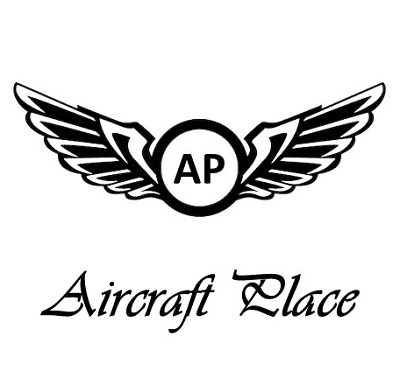



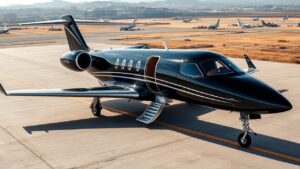






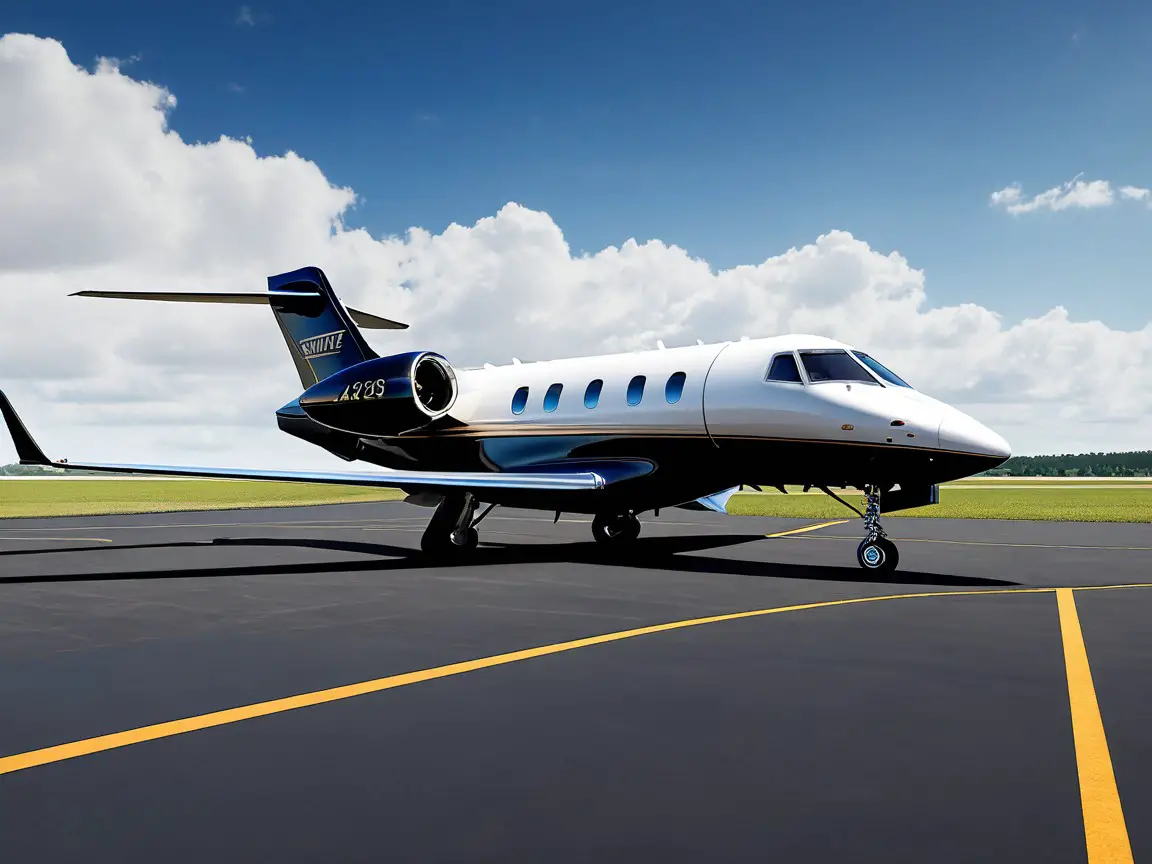
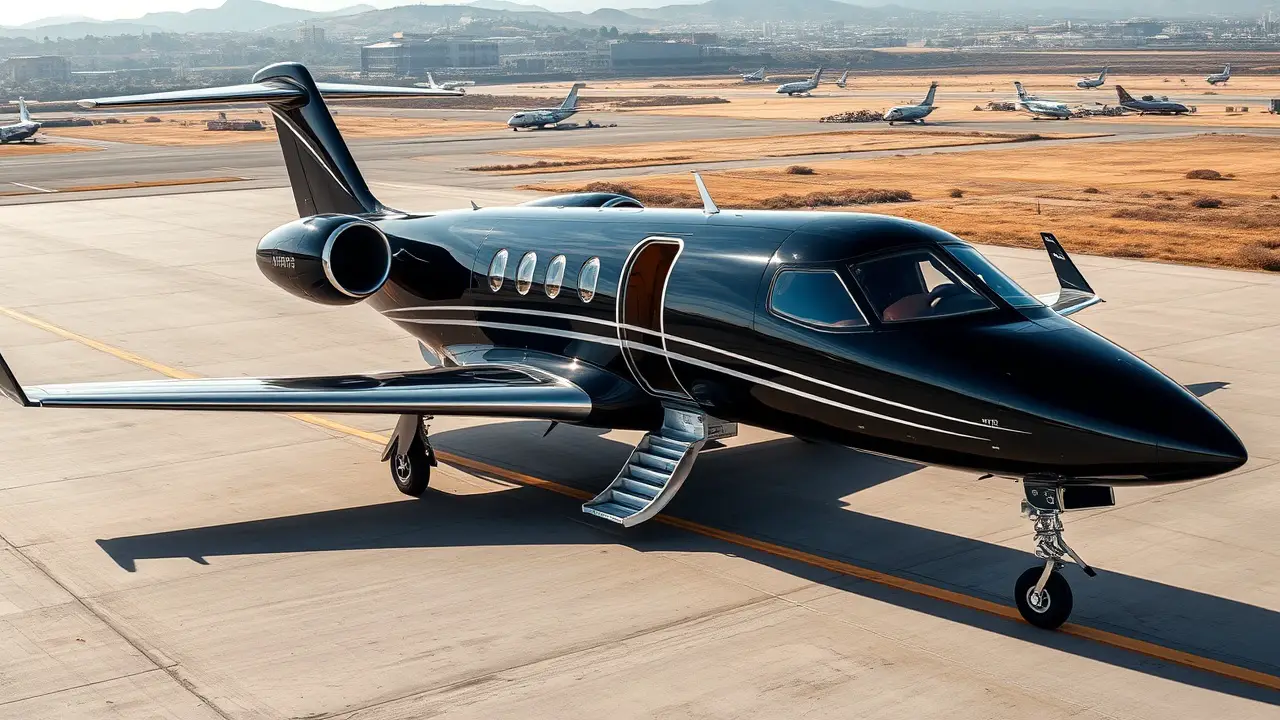
Leave a Reply